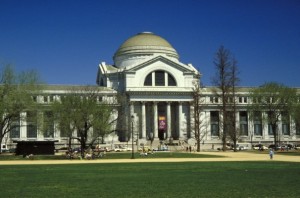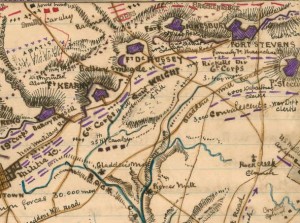Topic No.1
The first topic possibility for my final project is slavery in Washington D.C.
Importance of Subject
This topic is important because it covers a subject that is inhuman and cruel and how it relates to a place that played such an important part in maintaining this nation. D.C. is known for its buildings, museums, and a wide array of political activities, but very little is reported on the effect of slavery on the city. Slavery existed for a significant amount of time in the United States during a period of a supposed growth. It is important to remember these injustices happened even with intellectual and political development.
Search Steps
I would begin this investigation by logging onto JSTOR and searching for phrases and terms like slavery and Washington D.C., opinion of slavery in 19th century, and slavery and African-americans in D.C. Afterwards I could move onto some primary sources such as journals of slaves at the time or some type of document of an D.C. resident acknowledging his or her treatment of slaves. During my investigation I could narrow down the topic even further by closely examining a smaller aspect discovered in research.
Topic No.2
The second topic possibility is race relations in the city.
Importance
Race relations in Washington D.C. is important because the entire area is very diverse and how different groups of people react with each other is a necessary thing to understand. There have always been problems between blacks and whites in the capitol and there will likely always be to some extent, but without understanding why these problems occur they will probably get even worse and possibly increase. By examining specific issues and incidents that led to disagreements and even violence and what methods were used to attempt to remedy these situations, it is possible to get a better understanding of what needs to be done.
Search Steps
Like the first topic I would begin researching by accessing JSTOR and trying out some phrases that would likely bring the best results. As soon as I found any information, I could then narrow my focus. I could chose to search for more resources that cover topics such as unfair laws, police involvement, and demonstrations or other major events.
Topic NO.3
The third topic that is a possibility for my final project is the Museums of Washington D.C.
Importance
The museums of D.C. are important because they gather knowledge and allow everyone, who is able, to take it in. They are historical institutions that show the intellectual capabilities of a nation that wants to spread the potential to learn to everyone. Because of this, it is necessary to understand why and how these irreplaceable establishments were created and the effect it has had on the city and the people in it. By understanding the development of the museums we can truly appreciate their value to Washington D.C. and the nation.
Search Steps
Like the previous two topics I would begin my research on JSTOR because it seems to be one of the better databases for studying history. I would type in phrases like museum development in Washington D.C., Museum history in D.C., and possibly Smithsonian history in D.C. After browsing the results of these searches I could then look for individuals and primary sources from those individuals. Hopefully, by this point I will have found enough information to fully develop my project.



